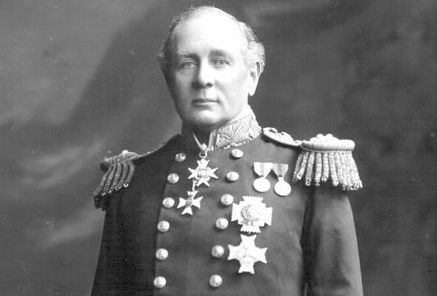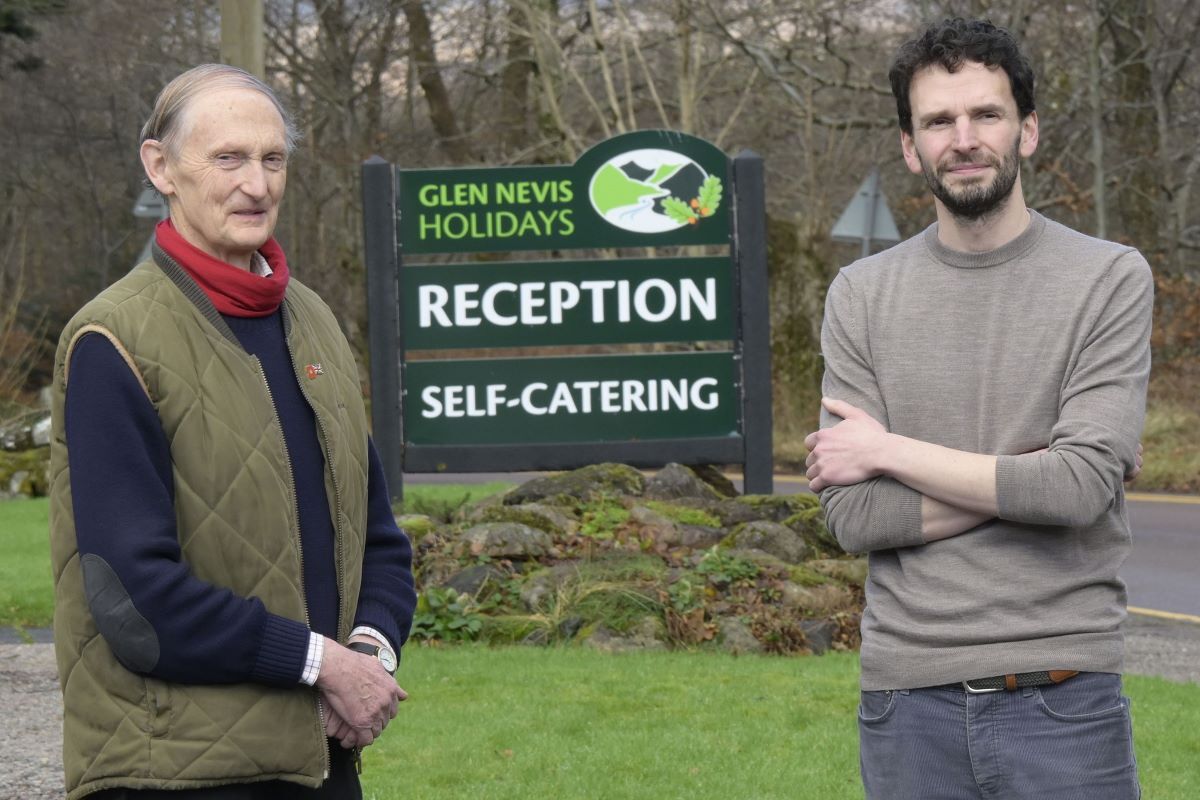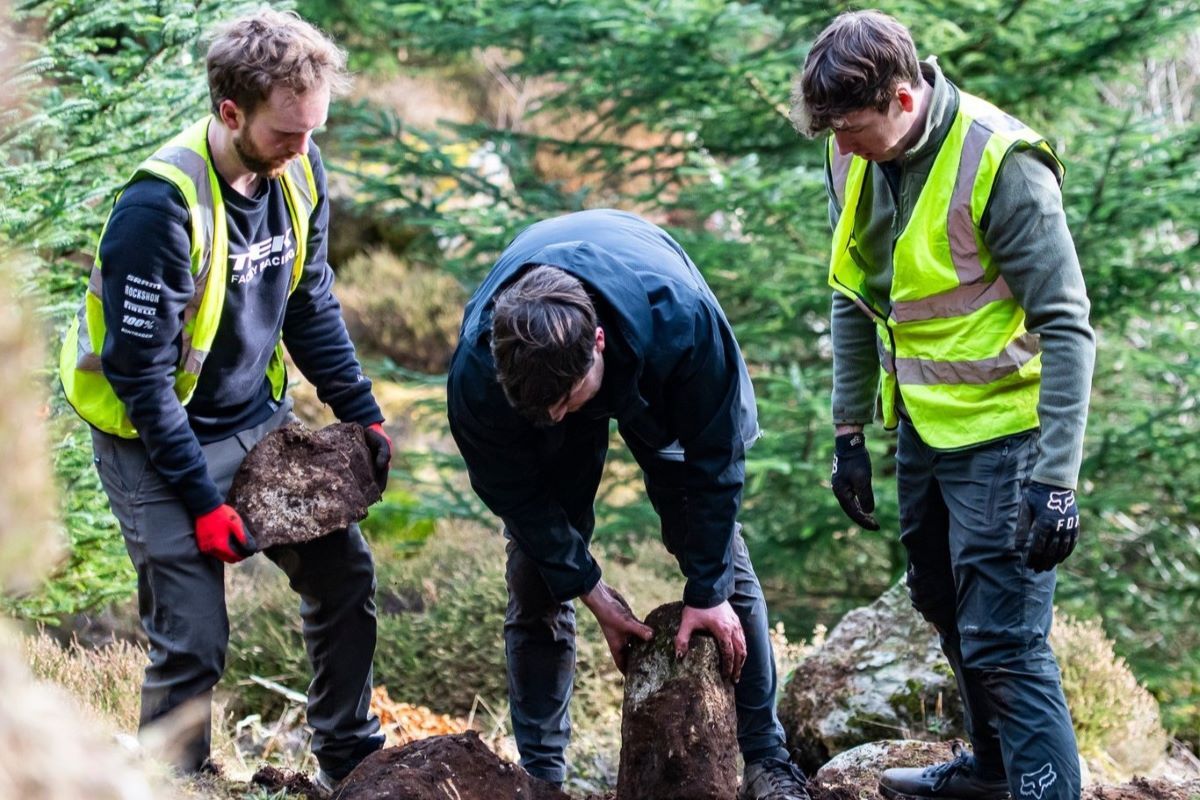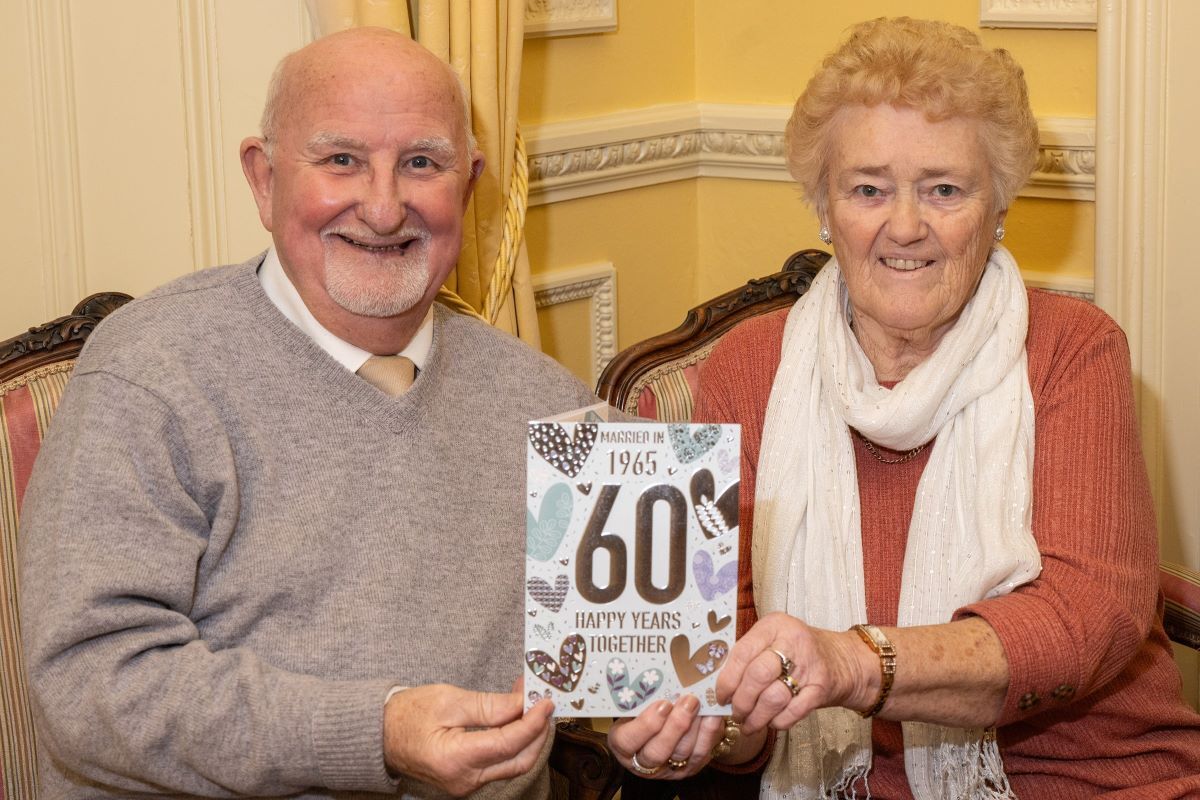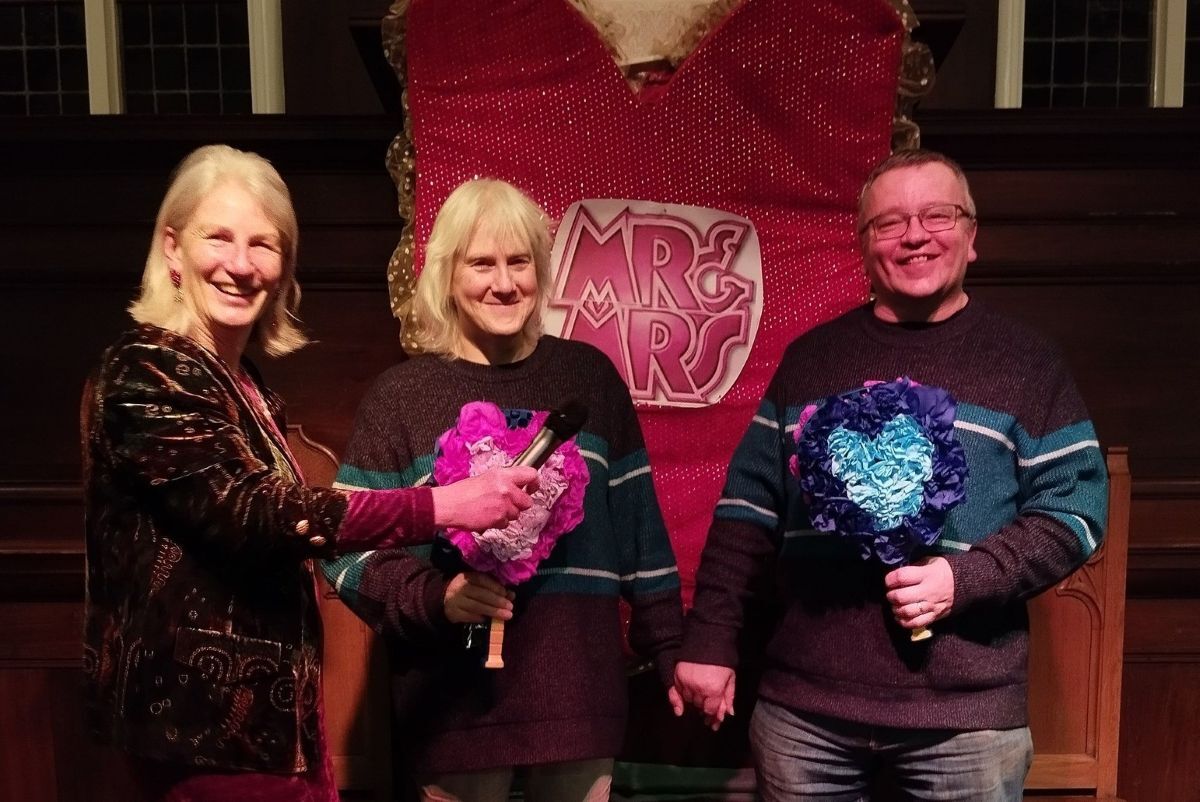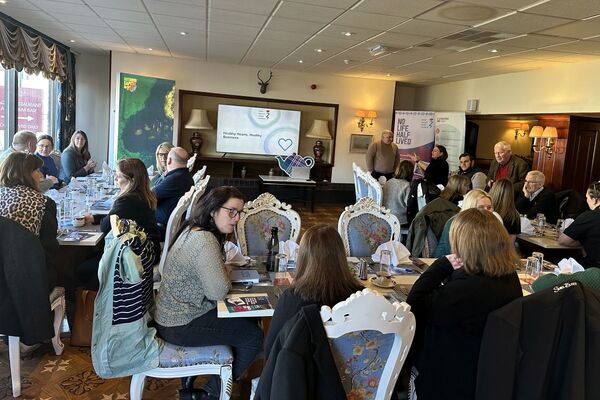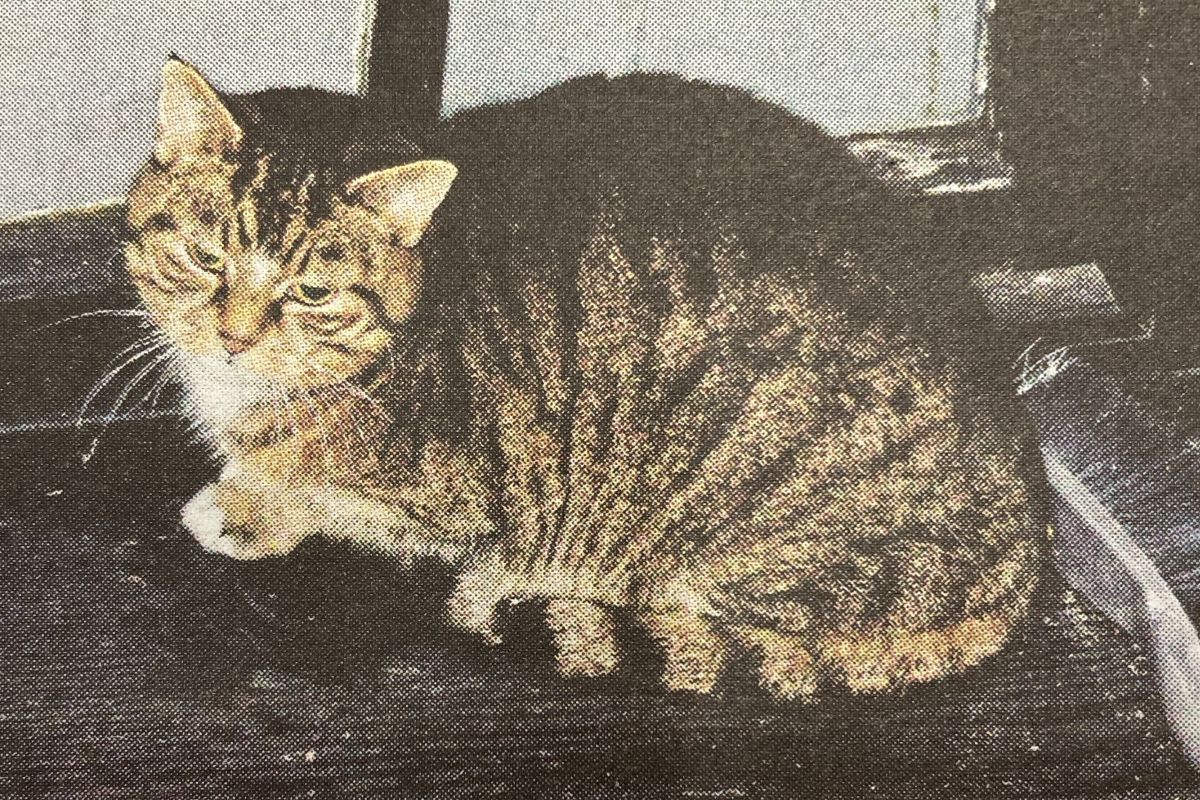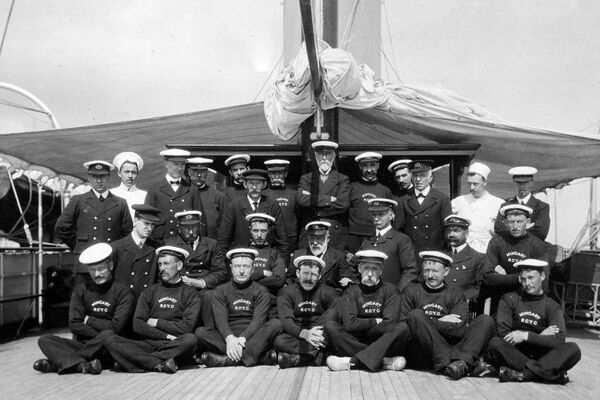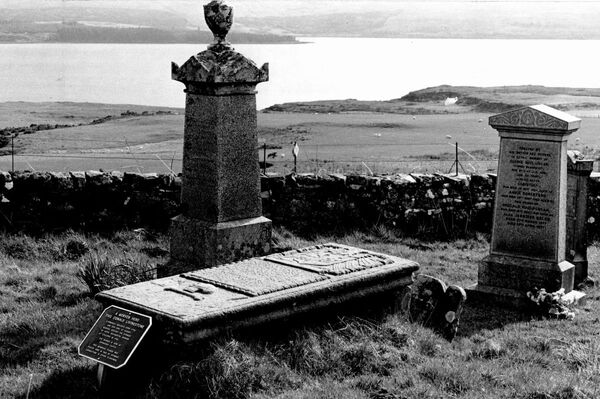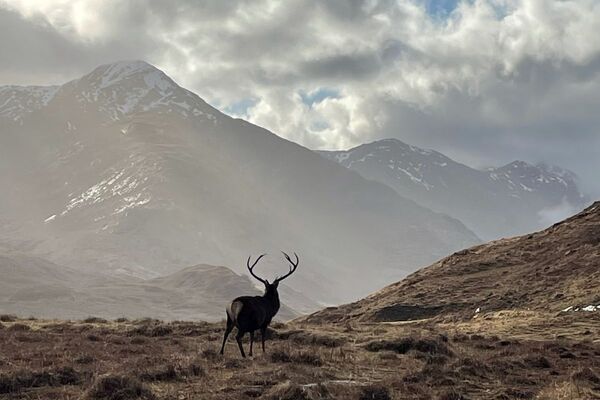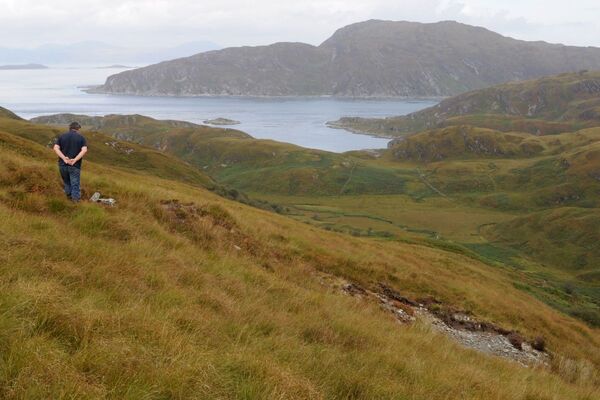Ardgour man saves famous battleship In Loch Linnhe
There is no doubt about it, local knowledge is a wonderful thing as the following story well illustrates.
In September 1904 the Channel Fleet came into Loch Linnhe, ostensibly on exercise but in reality, to allow its commander Rear Admiral Francis Bridgeman to call, for whatever reason, on the Earl of Morton, who owned Conaglen Estate a few miles north of the Corran Narrows.
Bridgeman, an important and experienced naval officer who became First Sea Lord, was about to go ashore from his flagship, HMS Victorious, which was anchored at the mouth of the River Scaddle, when Captain John Kendall from Falmouth, who was in command of Lord Morton’s 199-ton steam yacht ‘Cressida’, noticed that the 16,000-ton battleship was close to an uncharted rock.
With great presence of mind Kendall, whose 20 years’ experience of these waters gave him perfect knowledge, boarded HMS Victorious and advised Bridgeman of the hidden danger.
It was, apparently, only a matter of a few inches and the 421-foot ship would have been left high and dry on the rock as she swung round at anchor on the ebbing tide. Kendall’s advice was quickly acted on and Victorious weighed anchor and moved out into deeper water, sparing both Bridgeman and the Admiralty from an embarrassing situation.
The incident eventually came to the attention of the Admiralty, who presented Kendall with a handsome gold watch and a substantial cheque for his quick action.
The watch was inscribed: ‘Presented to Mr John Kendall by the Lords Commissioners of the Admiralty in acknowledgment of valuable services rendered to HMS Victorious in Loch Aber, 7th September 1904’.
Shortly afterwards a naval vessel surveyed the area and the rock on which HMS Victorious would have foundered, was entered into the Admiralty charts under the name ‘Sgeir Mor’ (Gaelic, ‘the Big Rock’) – a punning allusion most likely to the event rather than its size!


West Highland white terriers have always been popular and since writing about them in these columns a few years ago, I received quite a number of comments and questions from readers who saw a photograph of mine of a group sitting on a rock, which I believed had been taken on Skye. I was in error. These dogs belonged to an old Argyll family and were called ‘The Poltalloch Eleven’.
The West Highland white terriers we know and admire today, are due to three people – George Douglas Campbell (1825-1900), 8th Duke of Argyll, who bred what became known as the ‘Roseneath Strain when the Dukes of Argyll owned Roseneath Castle overlooking the Gare Loch; Col Edward Donald Malcolm (1837-1927), 16th Laird of Poltalloch, Kilmartin, Argyll; and Mrs Christian Cameron-Head of Inverailort (1859-1941), on the Road to the Isles.
According to a family tradition, the Poltalloch breed came into being when one of Col Malcolm’s favourite reddish-brown terriers was mistaken for a fox and shot. Thereafter he decided to breed and work white terriers because they would be more visible. Mrs Cameron-Head, who had been brought up with Drynoch terriers from Skye, maintained they should be strong, small-boned, small enough to go to earth and strong enough to fight the quarry when they got there. Her dogs won many prizes at Crufts and by 1916 she was being described in numerous publications as the foremost authority on the breed.
Not a great deal is known about the early Poltalloch Terriers and their pedigrees other than the Col insisted that they must be willing to attack their prey whether it be fox, marten, badger or otter. They had to be keen and strong enough to fight underground. Col Malcolm used to say: “These terriers must be shown in working clothes. Only a bit tidied up, washed and brushed and in possession of their valuable undercoat”.
In the early days light-coloured terriers existed in the Highlands.
Thomas Bell, in his ‘History of British Quadrupeds’ (1837) described their coats as off-white. As white terriers were not popular then they were usually destroyed at birth.
The first Poltalloch Terriers were described as rough-haired with coats up to three inches long and yellow or sandy in shade, well boned with straight front legs, short muzzles, big noses, strong teeth and erect ears.

By the time of their deaths Col Malcolm, the Duke of Argyll and Mrs Cameron-Head of Inverailort witnessed the development of their breed not only as working dogs but international show stoppers, and popular pets worldwide, although what they would have thought of some of the excessively over-weight and over trimmed, pampered and coat-clad Westies being paraded along today’s high streets, is perhaps best left to the imagination!
While our Highland forebears were breeding dogs to kill foxes, others, according to an advertisement in an Inverness-shire newspaper of 1862, were in search of foxes for a different reason.
“To gamekeepers and others. A gentleman being desirous of procuring foxes for a hunting country, will give fifteen shillings a-piece for old foxes and ten shillings a-piece for cubs, besides paying their carriage by railroad or steamer.
“They must be delivered alive and uninjured to Mr John MacDonald, Newhaven Oyster-House, Glassford Street, Glasgow.”
Latest News
JOBS
Business Development Manager - Highland Broadband
Sign up to our daily Newsletter
Permission Statement
Yes! I would like to be sent emails from West Coast Today
I understand that my personal information will not be shared with any third parties, and will only be used to provide me with useful targeted articles as indicated.
I'm also aware that I can un-subscribe at any point either from each email notification or on My Account screen.
You may also like
Super yachts in West Highland waters
Heroes and a hymn from across the Atlantic
The vanishing red deer of the Highlands
Latest News
JOBS
Business Development Manager - Highland Broadband

